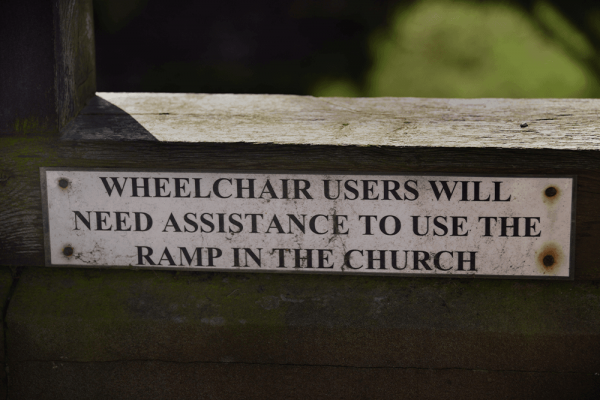Aug 30, 2023
Becky McMains spends most of her life in “advocate mode.” Her 9-year-old daughter was born with spina bifida and requires substantial medical intervention and special education services. She uses mobility aids to get around and has speech delays. In doctors’ offices and schools, Becky’s questions, recommendations, and even pushback have led to change, not just for her daughter, but for other children as well. But when McMains brings her advocacy to church, she said, the response is different.
Read the Full Article

Already a subscriber? Login
